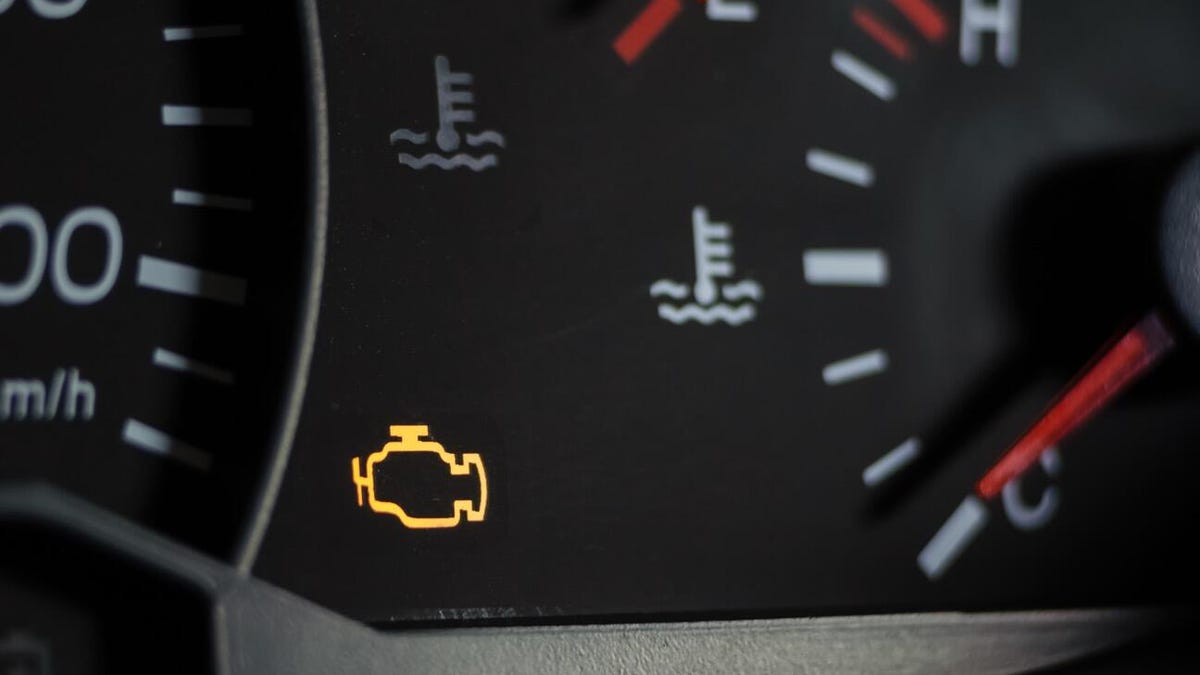Did I make Google Chrome a lot better or much worse?
Regular readers will know that I’ve been on a campaign for a few years now to try to make Google Chrome better.
I’ve been tweaking settings, streamlining the installation, installing extensions, deleting extensions, and I even paid for a service to try to make it more usable.
The results were mixed, to say the least.
What I needed was something that basically allowed me to use Google Chrome the way I was already using it — basically piling a bunch of tabs into it and adding more and more on top until I decided to declare tab bankruptcy — but not use so much system resources.
It seemed like I was chasing a unicorn.
Then I installed a browser extension called Auto Tab Discard and began testing that. This is an interesting plugin because what it does is that it suspends tabs that you’re not using to free up system resources and then reanimates them when you switch back to them.
And things got better.
A lot better.
But what I realized was still using Google Chrome quite tentatively. I was holding back from using it flat out.
So, for the last month, I decided to change all that and not only switch back to Google Chrome as my daily driver but to use it as hard as I could.
No holding back.
This seems like the only way to find out if I made Google Chrome a lot better or much worse.
Well, that month is over, so it’s time for a debrief.
How does Auto Tab Discard work when you really push the browser?
Surprisingly well.
Right now, I’m running a couple of instances of Google Chrome, both with a couple of dozen tabs open. I can see from the modified icon that Auto Tab Discard adds to tabs that most of them are sleeping, and as such, are consuming the bare minimum of resources.
Despite having several dozen tabs open, the system feels like I have a couple open.
This is good.
But that about the downsides?
A few.
If you’re regularly switching to tabs that are suspended, there’s a bit of a delay as they are reanimated. The faster your connection to the internet, the smoother this reanimation feels. With tabs that I regularly use, a way around this (that avoids having to add specific rules to the extension is to in that tab so that it is not automatically suspended.
It’s a trade-off between speed and system resources, and in many ways using this extension has made me realize just how aggressively tuned for speed and performance Google Chrome is and how much system resources it takes to accomplish this trick.
As far as things like reliability and startup times for the browser go, it doesn’t feel to me like Auto Tab Discard has had any negative effects at all. Google Chrome’s startup times and reliability are just as good as without the extension.
So, yes, Auto Tab Discard does make a massive difference to how Google Chrome feels, even under crazy heavy loads. It doesn’t have a negative impact on reliability and startup performance, but it can create little bottlenecks if you are continually switching between suspended tabs (but you can quite easily work around this).
So, I highly recommend all Google Chrome users — both heavy users and not — to give it a go. It’s free, easy to install and uninstall, and based on my testing, it’s almost all upsides, with just a few slight downsides.
Download Auto Tab Discard for free from the Chrome Web Store for Google Chrome and other Chromium-based browsers.





Pingback: BAU Diyala
Pingback: link